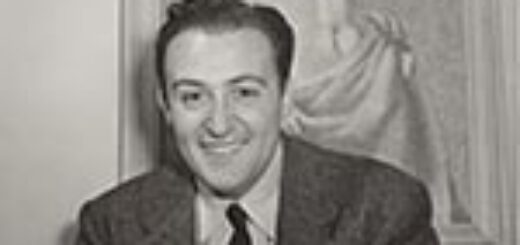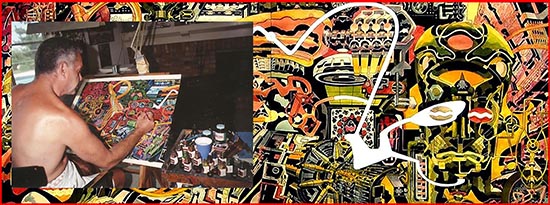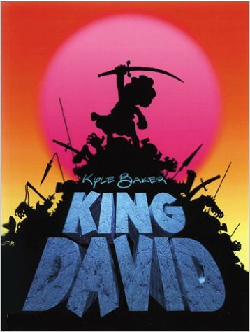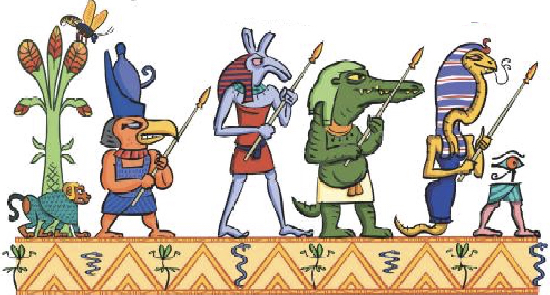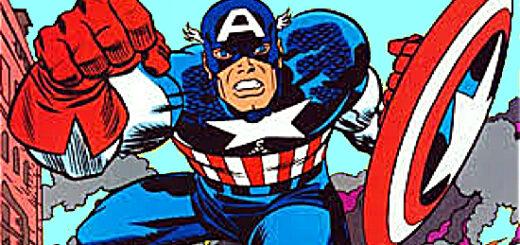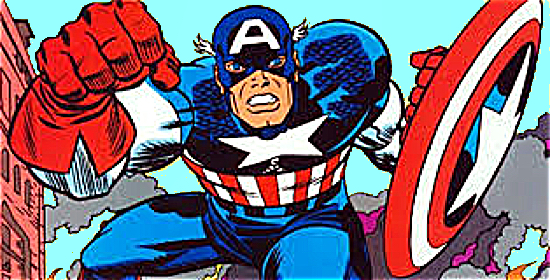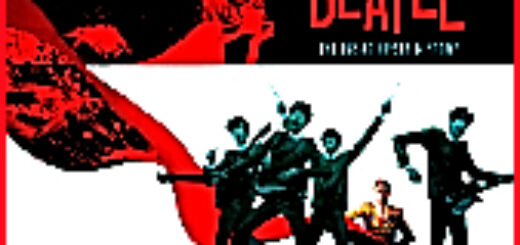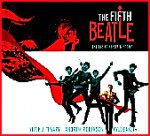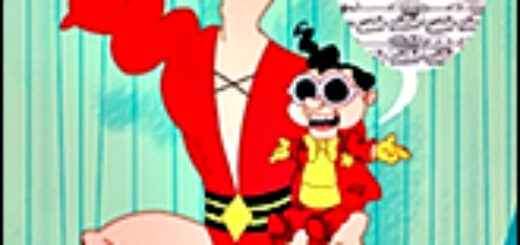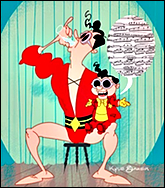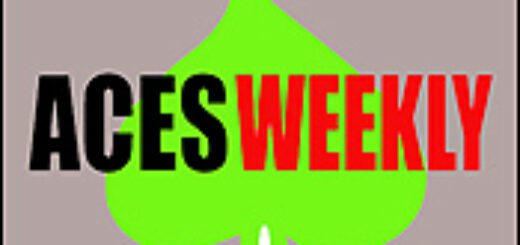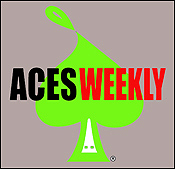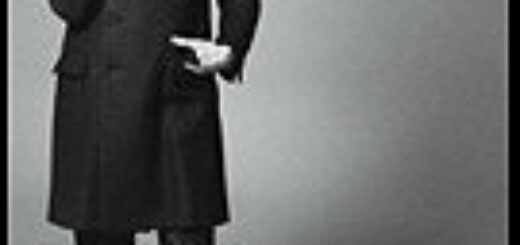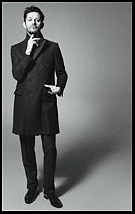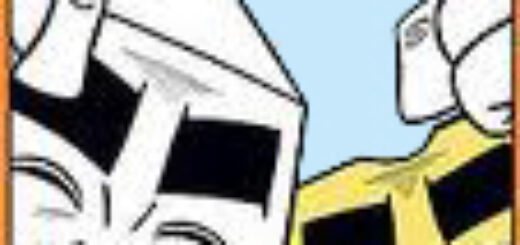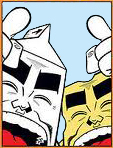Ed Catto: Dare2Draw with Eisner & Kirby
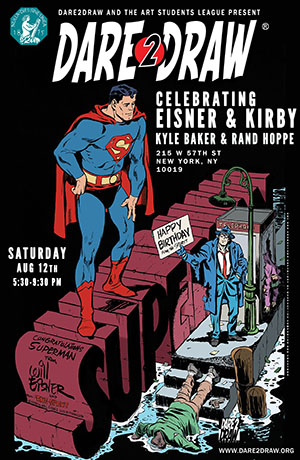 Dare2Draw is one of those cool events that I never want to miss and am always so happy after attending.
Dare2Draw is one of those cool events that I never want to miss and am always so happy after attending.
Founded by Charles David Chenet (now its Executive Director), Dare2Draw may seem like a comics-drawing class at first glance but it’s really so much more. In fact, this Saturday’s event will be celebrating the works and legacies of comic pioneers Will Eisner and Jack Kirby and celebrating their Centennial mark in the sequential arts.
Chenet describes this long-running organization as a mentoring, supportive and networking organization for artists of all levels. Dare2Draw is also designed to cultivate the awareness of and appreciation for the study of sequential art, and to the “furtherance and preservation of the comic book medium’s contributions to literacy, art, and culture, through outreach programs, events, and projects.”
I find these events to be invigorating. They are part drawing class, part lecture, part support group… and all fun.
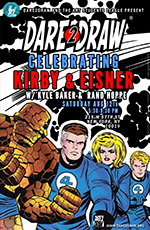 For this upcoming event, Chenet will be bringing Dare2Draw back to the Art Students League of New York. It is a location with a historical importance.
For this upcoming event, Chenet will be bringing Dare2Draw back to the Art Students League of New York. It is a location with a historical importance.
“The Dare2Draw returns to The Art Students League for a very special event to celebrate where Will Eisner got his start and went on to lay down the foundation for the graphic novel,” said Chenet. “We will also be celebrating the work of Jack Kirby, who was able to revolutionize comics, without having a formal art education. Dare2Draw will be celebrating both of these pioneers in the industry of comics, helping to celebrate their centennial mark in the sequential arts.”
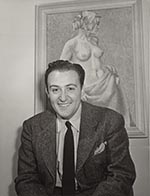 “We have invited Kyle Baker, whose irreverent spirit and boundless talent continue to push the art form, now and into the future. Kyle has earned eight Will Eisner awards and many others,” added Chenet.
“We have invited Kyle Baker, whose irreverent spirit and boundless talent continue to push the art form, now and into the future. Kyle has earned eight Will Eisner awards and many others,” added Chenet.
In fact, Kyle Baker is a winner of not only eight Eisner Awards, but also five Harvey Awards and five Glyph Comics Awards. He’s planning to share his reflections on Will & Jack’s contributions and what the future of the sequential arts “comics” might hold.
Representing the Jack Kirby Museum & Research Center will be Rand Hoppe. He’s a tireless advocate of Jack Kirby and will be exploring the artist’s accomplishments and legacy, and how it all relates to today’s artists.
“Both these men will help us explore the contributions – Kyle, from the perspective of an artist and a peer of Will Eisner, and Rand as a curator of the Kirby legacy,” said Chenet.
You know these events are headed in the right direction as they are attracting sponsors. Of note: Brooklyn Brewery is supplying the beer.
This event will be hosted by Simon Fraser and Edie Nugent. It runs from 5:30 to 9:30 pm and the Art Students League is located at 215 West 57th Street in New York City. Have fun and post your art if you go!
• • • • •
Credit Given where credit’s due: I really must credit the creative in this week’s column. Will Eisner’s work appears via the courtesy of Will Eisner Studios, Inc. Jack Kirby’s creative provided courtesy of The Jack Kirby Museum and Research Center.

